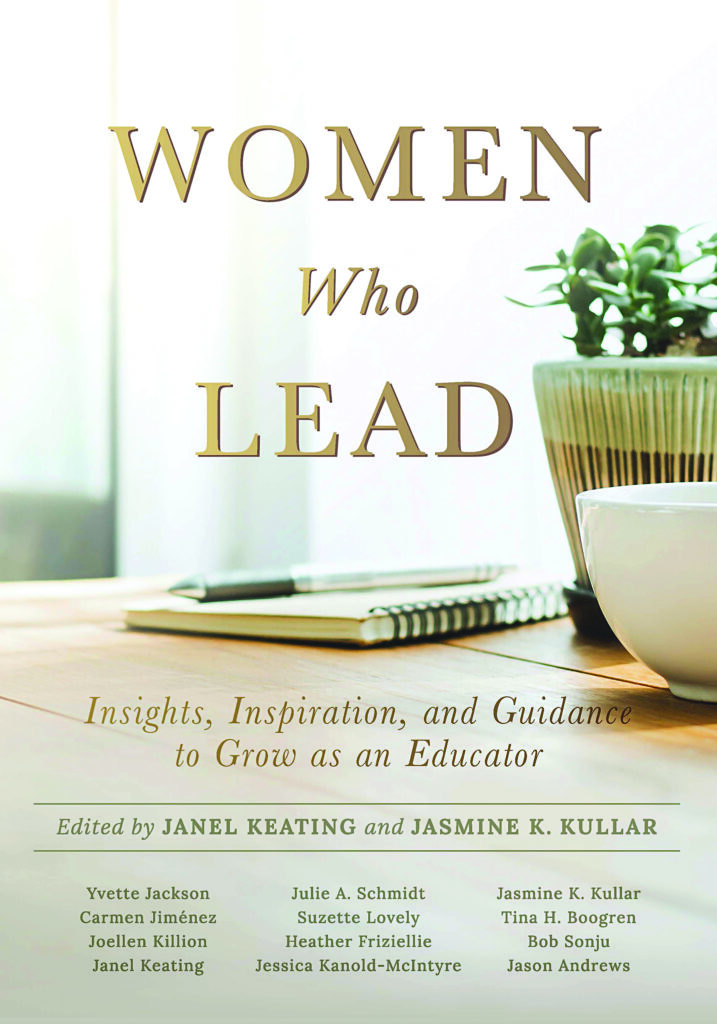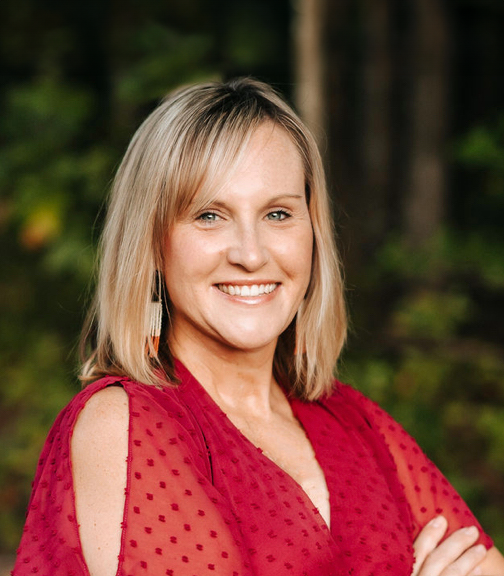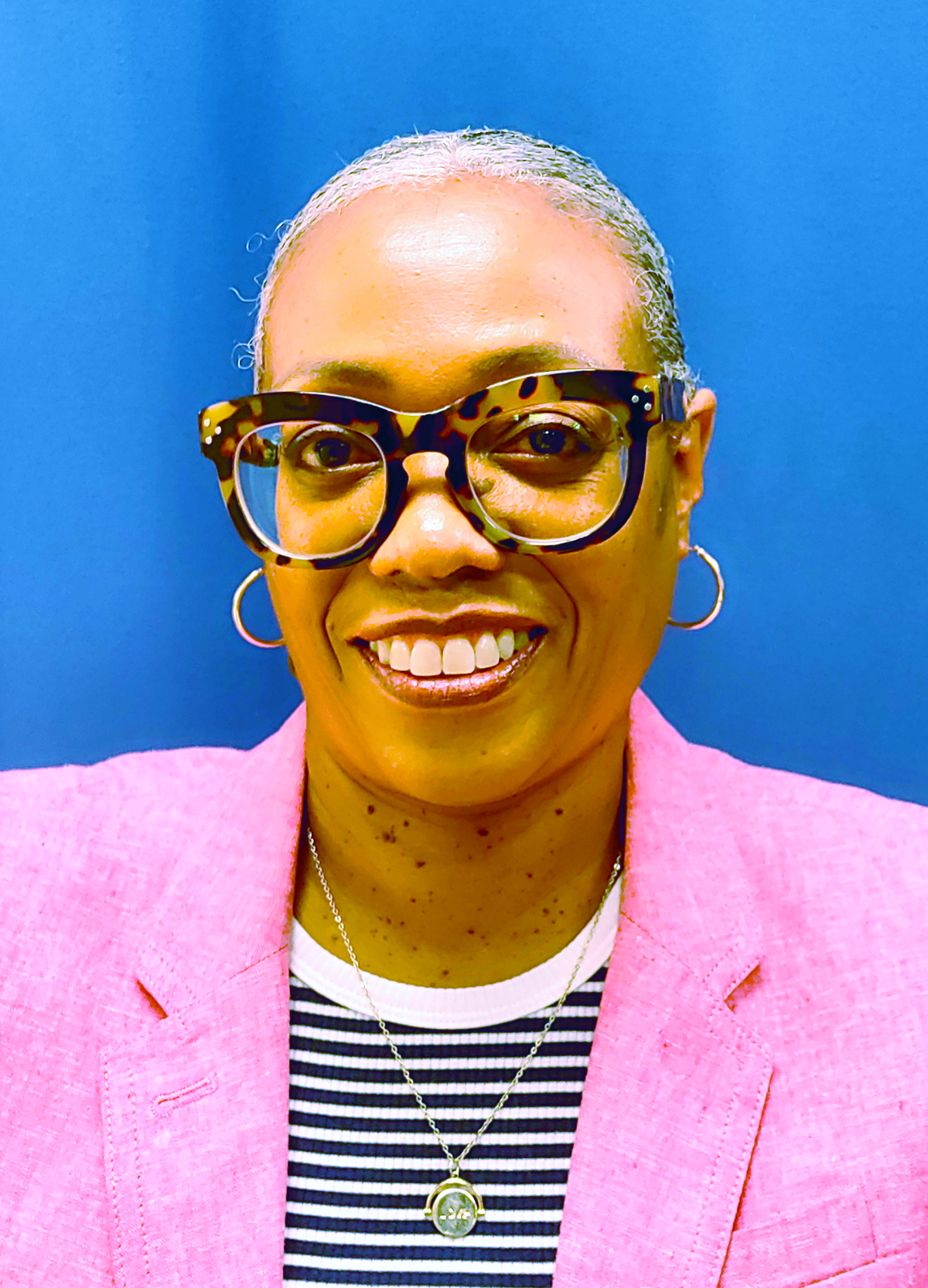Lessons in Empowerment From Women in Leadership
Center for Women in Leadership fellows discuss takeaways from Women Who Lead.
Topics: Professional Development, Women in Leadership
Members of the NAESP Center for Women in Leadership recently read the book Women Who Lead: Insights, Inspiration, and Guidance to Grow as an Educator by Janel Keating and Jasmine K. Kullar. We asked four members to share their takeaways from the book study. Their answers are edited for length and clarity.


New Appreciation For Mentorship
What was the book’s main message?
Women Who Lead provides guidance in navigating the challenges and obstacles women face in school leadership, so that we can thrive as focused visionaries in our school communities.
What parts of the book resonated with you the most?
I am passionate about mentoring. This gave me the opportunity to reflect on how I mentor others. Each mentorship needs to be individualized based on strengths and areas of growth. I also reflected on the mentors in my life and how appreciative I am of their impact on my journey.
What is one strategy you have incorporated or will incorporate into your leadership approach?
I reconnected with my “why.” I plan to give teachers an opportunity to reflect on their “why” and to share it with others in the faculty.
What is one idea you took from the book to implement in your school?
The importance of allowing teachers time and space to express their thoughts and emotions before we jump into problem-solving mode. I need to take more time to ask questions like “How can I best support you?” and intentionally listen rather than rush to find solutions.
What was your experience like connecting with other female school leaders?
The NAESP Center for Women in Leadership fellows created a positive, safe space to encourage one another and be transparent with the challenges we are facing. It was interesting to hear how similar our experiences are.

Navigating Difficult Conversations
What was the book’s main message?
The book’s main message is the importance of empowering women to lead with authenticity.
What parts of the book resonated with you the most?
Reflection allowed me to pause, connect, and take action toward self-growth. The authors addressed the challenges women in education face and provided clear direction and strategies to overcome those challenges.
What is one strategy you have incorporated or will incorporate into your leadership approach?
I have developed healthy habits and rituals focused on self-care, shifting my mindset to take care of myself physically, mentally, and emotionally. [I also] model the importance of self-care for my teachers.
What is one idea you took from the book to implement in your school?
Learning to navigate difficult conversations is an essential skill for female leaders. I put the book’s strategies for brave conversations into practice.
How has this book helped you grow as a leader?
The book filled me with a sense of empowerment. I identified areas of leadership that bring me joy and learned strategies that will help me focus on challenges I face as a female leader.
What was your experience like connecting with other female school leaders?
It provided new perspectives regarding the joys and challenges we face as wives, mothers, and leaders. I am excited to strengthen those connections and continue to empower the next generation of women leaders.

Confidence in Any Situation
What was the book’s main message?
Women in leadership face unique challenges and obstacles but can grow by learning from others.
What parts of the book resonated with you the most?
I recently transitioned to a leadership position in a new school and community. The chapters about change and brave conversations focused on the importance of seeking to understand others and navigating relationships, rather than situations, to move a school community forward.
What is one strategy you have incorporated or will incorporate into your leadership approach?
I have been working on my “executive presence.” As a recovering people-pleaser, I learned that focusing on how I act, speak, and look was important for my leadership growth. I used self-talk to help me walk into any situation knowing that I would be an asset to the problem-solving process.
What is one idea you took from the book to implement in your school?
I am using the planning guide included in the book. As a result, my new staff is learning that I am a caring, honest, fair, and authentic leader.
How has this book helped you grow as a leader?
Understanding the leadership journeys of other women has helped me learn about myself as a leader. Each chapter inspired me to reflect and take action to be a better version of myself.
What was your experience like connecting with other female school leaders?
It was life-changing. For much of my career, many of the female leaders I worked with were competitive, unkind, and focused only on their own successes. In the Center for Women in Leadership, I found a group of uplifting leaders who provided me with unending support and inspiration.

Collaboration and Reflection
What was the book’s main message?
It focuses on leadership practices and strategies women can use to navigate the many obstacles they face as they advance in their careers.
What parts of the book resonated with you the most?
The chapters that resonated with me were “Rising Through the Ranks,” “Braving Difficult Conversations,” “Seeking Mentorship,” “Sharing Your Expertise,” “Preparing for Promotion,” and “Learning From Other Leaders.” These confirmed some of the strategies I am using to advance my career.
What is one strategy you have incorporated or will incorporate into your leadership approach?
One strategy is to “get in the room” and believe in my talents. This involves actively volunteering for committees at the district and national levels.
What is one idea you took from the book to implement in your school?
I apply the four skills of problem-solving with my staff: listen, honor, identify, and consider. My goal is to mentor and build the capacity of future female leaders.
How has this book helped you grow as a leader?
I have gained insight into the unique challenges female leaders face and discovered strategies that have helped me overcome these limitations and advance in my career.
What was your experience like connecting with other female school leaders?
It was invaluable. This opportunity allowed me to collaborate with women across the nation and discuss common concerns about the issues [we] face daily. It also provided me with the chance to reflect on my own practices and obtain tools to better advocate for myself.

